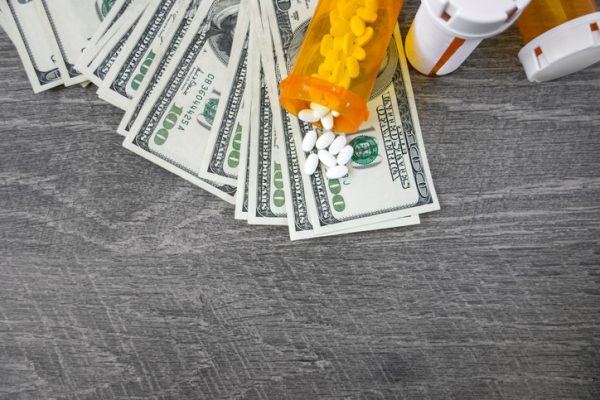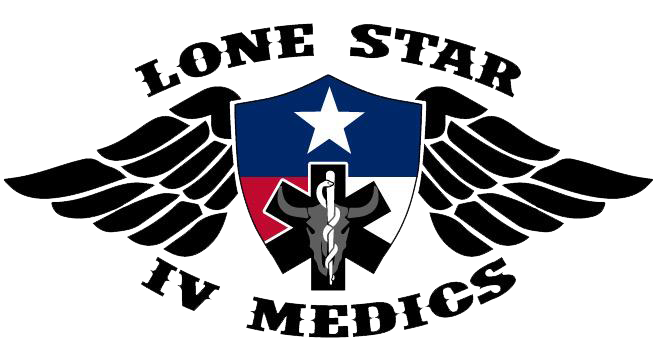
Drug prices have come under growing scrutiny over the last few years, in particular as figures in the Trump administration like Health and Human Services Secretary Alex Azar and Food and Drug Administration Commissioner Scott Gottlieb have highlighted the issue. But a recently released report zeroes in on what it calls a major reason why medicines cost so much, namely alleged abuse of the patent system by drugmakers.
The report, “Overpatented, Overpriced: How Excessive Pharmaceutical Patenting is Extending Monopolies and Driving up Drug Prices,” was released last week by the nonprofit Initiative for Medicines, Access and Knowledge, also known as I-MAK. The report found that the 12 highest-grossing drugs in the US had, on average, 38 years of attempted patent protection, even though patent law is designed to give them 20 years. Meanwhile, the prices for those drugs have increased by an average 68 percent.
The practice is known as “evergreening,” and Nicholson Price, an assistant professor of law at the University of Michigan who specializes in innovation in life sciences, said it has been going on for a long time. Evergreening allows drug companies to extend their monopolies and stave off generic competition by obtaining patents to cover new uses for drugs, methods of manufacture and formulations – some of which also require FDA approval, like new clinical uses, while others don’t. “There’s a whole set of complicated games that companies can play with these tactics to extend the patent-protected life of a drug,” he said.
The top 12 drugs listed in the report are AbbVie’s Humira (adalimumab), Biogen and Roche’s Rituxan (rituximab), Celgene’s Revlimid (lenalidomide), Amgen’s Enbrel (etancercept), Roche’s Herceptin (trastuzumab), Pfizer and Bristol-Myers Squibb’s Eliquis (apixaban), Johnson & Johnson’s Remicade (infliximab), Roche’s Avastin (bevacizumab), Johnson & Johnson’s Xarelto (rivaroxaban), Bayer and Regeneron’s Eylea (aflibercept), Sanofi’s Lantus (insulin glargine) and Pfizer’s Lyrica (pregabalin). Of those drugs, all but four – Revlimid, Eliquis, Xarelto and Lyrica – are biologics. And four of the biologics – Humira, Enbrel, Herceptin and Avastin – have FDA-approved biosimilar competitors, according to the agency.
An important aspect of the distinction between small-molecule pharmaceuticals and biologics is that small molecules are easy to manufacture and copy, while biologic manufacturing is idiosyncratic and complex, with even seemingly minute differences in manufacturing making significant differences in finished products, Price said. And the manufacturing processes for biologics are “secret sauce,” trade secrets that, unlike patents, don’t have an expiration date. “So on top of this patent protection, you have the additional backstop of trade secrecy,” he said. Consequently, the difficulty and expense involved in reverse engineering a biologic’s manufacturing process in order to create a biosimilar creates a long span of protection that is potentially indefinite even without patent protection, he said.
While commending the administration’s efforts to tackle drug pricing, Price said there is little it can do without an act of Congress. Still, one potential way around the trade secrets issue to introduce more competition into the system would be for the FDA, as a condition for approval, to require drugmakers to provide it with information on how to make their products, which would then be put into escrow and made public after patent expiry, he said. “I’m a fan of the idea that FDA approval could be tied to more robustly disclosed information to make and sell an economically important drug,” he said.
Photo: gerenme, Getty Images










